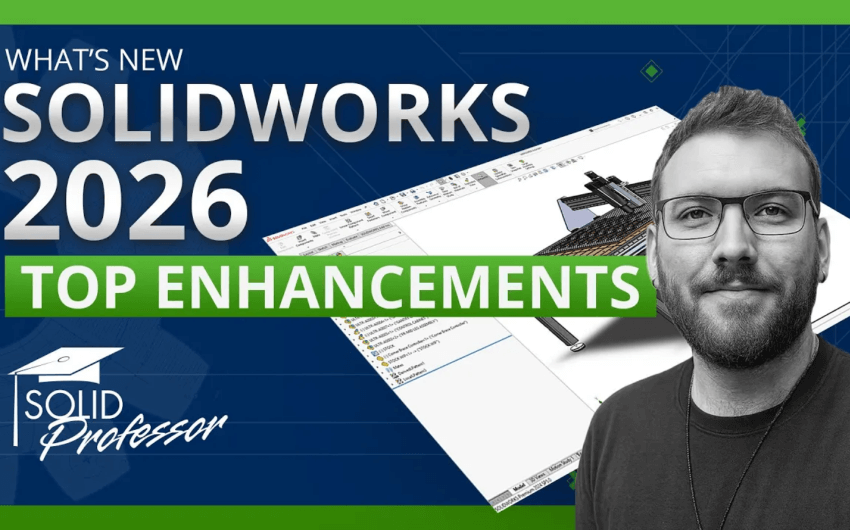Revit Essentials training course
In the early 1980’s, Computer Aided Drafting (CAD) applications transitioned the Architectural, Engineering, and Construction (AEC) industry from creating 2D construction documents using a drafting board to producing them with the aid of a computer. Even though drafting was much more efficient using a computer, the process of creating construction documents remained nearly unchanged. Plan, section, elevation, detail, and schedule drawings were still drafted as independent illustrations. Elements drafted in plan had to be separately input into schedules and drawn again in various other drawings such as elevations, sections, and details. This meant that there was no inherent relationship between the plethora of drawings and the elements drafted in them. This lack of relationships meant that when there was a change the drafter had to manually revise every single drawing the change would affect. With numerous drawings to manage, drafters committed errors in coordinating change regularly.
Changes are a natural part of a project’s lifecycle. Designers need to rapidly and cheaply explore design decisions while automatically revising the construction documentation and evaluating the effectiveness of the change downstream. This need led to the development of Revit and a revolutionary new process called Building Information Modeling (BIM).
In our Revit Essentials course, you’ll learn the fundamental tools and features used to model and document an architectural project. You’ll understand how to use Revit to create 3D architectural models for producing reliable 2D documentation. Using Revit unifies the design, drafting, and construction process into a single environment allowing all stakeholders to be constantly updated on the project status, reducing design conflict.
Understanding elements
Learn about the application and purposes of four main element classes in Revit, including Model, View, View-Specific, and Datum; and get an overview of the different drawing and editing tools to assist in drawing 2D and 3D elements with simple commands.
You’ll acquire the necessary skills to set up new projects and learn the importance of choosing the right project template when starting a new project. Understand the families of preset elements, such as levels, walls, doors, windows, floors, roofs, ceilings, stairs, for successfully designing a 3D building model in Revit. These elements are placed in your model and can be modified and dimensioned. It’s important to know how to effectively apply each of these elements to create a complete architectural model, as they are basic components of a building. In addition, some of these elements such as levels and walls also act as hosts for other elements, and it’s important to know how they relate to each other.
Receive an overview of model families that add detailed information to a building with respect to its elevation or Toposurface settings. Elevation and property lines help you describe the location of your model and put it in the context of its intended site.
Sharing your designs
Once the details are added and the model is finished, Revit supports links to a variety of CAD formats for project sharing and collaboration. Link the model to other CAD formats to decrease the time it takes to export and share ideas and designs with other architects and engineers on your team.
Show your employer or prospective employer, that you have learned the essential tools needed to create a 3D architectural model, site details like elevation and property lines, and share your project with your team. Earn a SolidProfessor Technical Certificate by completing all of the lessons in this course and scoring an 80% or higher on the course review test.
























